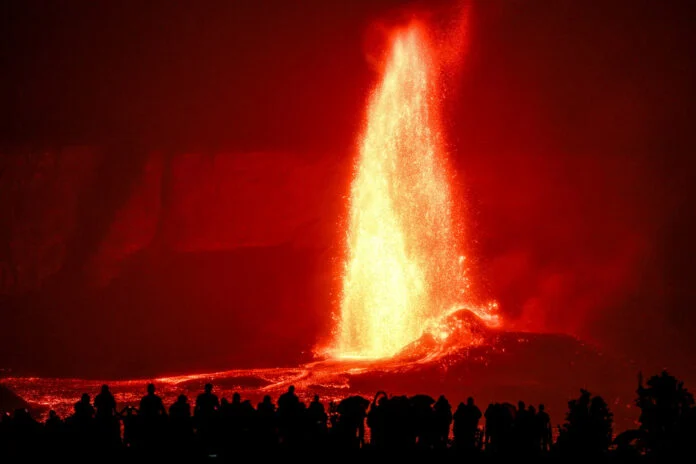Recently discovered "archaeological sensation" in Switzerland may shed new light on the breadth of ancient Roman civilization's influence across Europe.
Aerial view of the current excavation in Cham-Äbnetwald with a view of the Alps. Under the tent is a part of the Roman building.
In the Zug Canton of Switzerland, archaeologists are painstakingly exposing stone walls from the Roman Empire that were constructed some 2,000 years ago. The walls appear to be part of a building complex with various rooms and occupy an area of at least 500 square meters.
According to the Office for the Preservation of Monuments and Archaeology in the Canton of Zug, "the discovery is an archaeological sensation," and it will give important new information about the Romans in pre-alpine Central Switzerland.
The elevation location of the area, according to scientists, may have provided residents of the building complex with "a view of the surrounding landscape".
The discovery of several iron nails by archaeologists at the site further suggests that the wall foundation may have been built from wood.
Gishan Schaeren, director of the Prehistory and Prehistoric Archaeology Department at the Archaeology Society Zug, added, "We were also amazed that the top bricks were even visible above ground."
It's still unknown what use the massive structure surrounded by walls served.
“Is it a villa with a view or a temple building? Finding out this will be the subject of further investigation,” researchers mentioned.
“Roman buildings of similar dimension were last excavated in Cham-Heiligkreuz almost 100 years ago,” explained Dr Schaeren.
Scientists claim that in contrast to other places, the pre-alpine region only has a small number of these architectural remnants from the Roman era.
Researchers believe that the latest discovery can shed more light on how the local civilization developed.
Small selection of Roman finds (from top left to bottom right): An amphora base, the shard of a rubbing bowl, the edge piece of a small bowl of Roman tableware with red coating (Terra Sigillata), four coins in found state, one of them made of silver by Julius Caesar, fragment of a gold object, pieces of a square bottle and a rib bowl made of blue glass
The comparatively good preservation of the remains is particularly amazing, according to Christa Ebnöther from the University of Bern in Switzerland.
In the same location, researchers have also discovered a Middle Bronze Age settlement and Late Bronze Age tombs, proving the area was of interest to locals throughout history.
“The fact that the gravel hill near Oberwil was already inhabited several times thousands of years before the Romans also testifies to the attractiveness of this location,” researchers wrote.
At the site, they also discovered commonplace items as well as more unique items, such as dinnerware, beautifully crafted glass containers, and gold shards that most likely belonged to a piece of jewelry.
“Fragments of amphorae, in which, among other things, wine, olive oil and fish sauce reached the Mediterranean to the Abed Forest near Cham, testify to the far-reaching trade in Roman times,” experts noted.
“These puzzle pieces make it possible to track down the lives of our ancestors and better understand our history,” said Karin Artho, Head of the Office for Monument Preservation and Archaeology.








